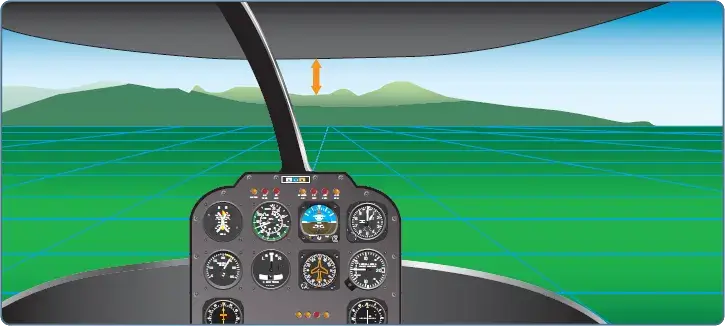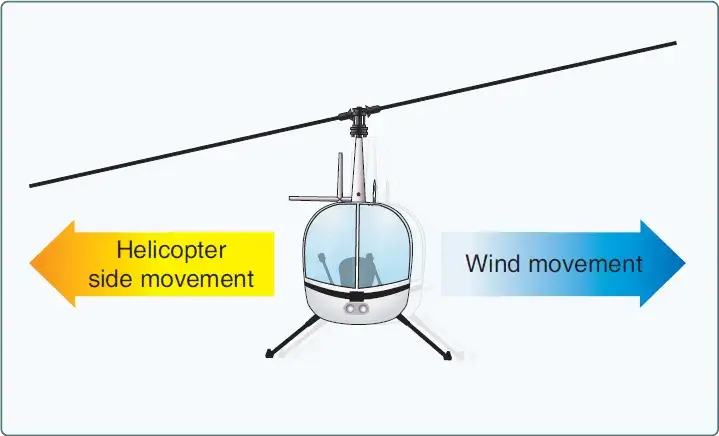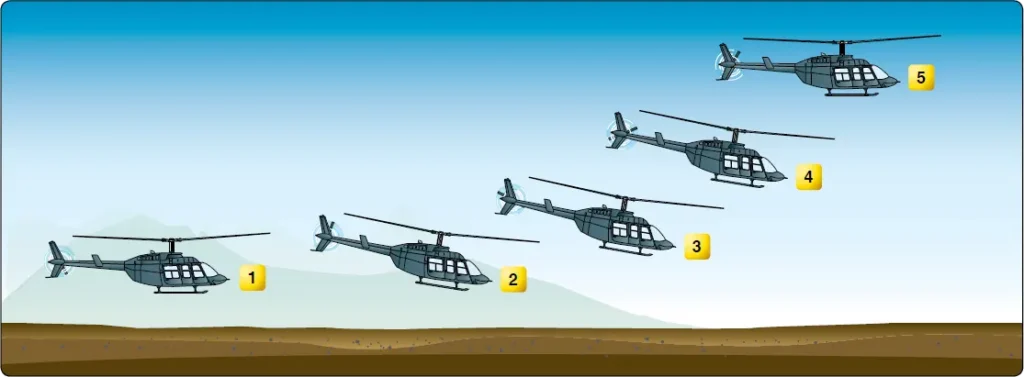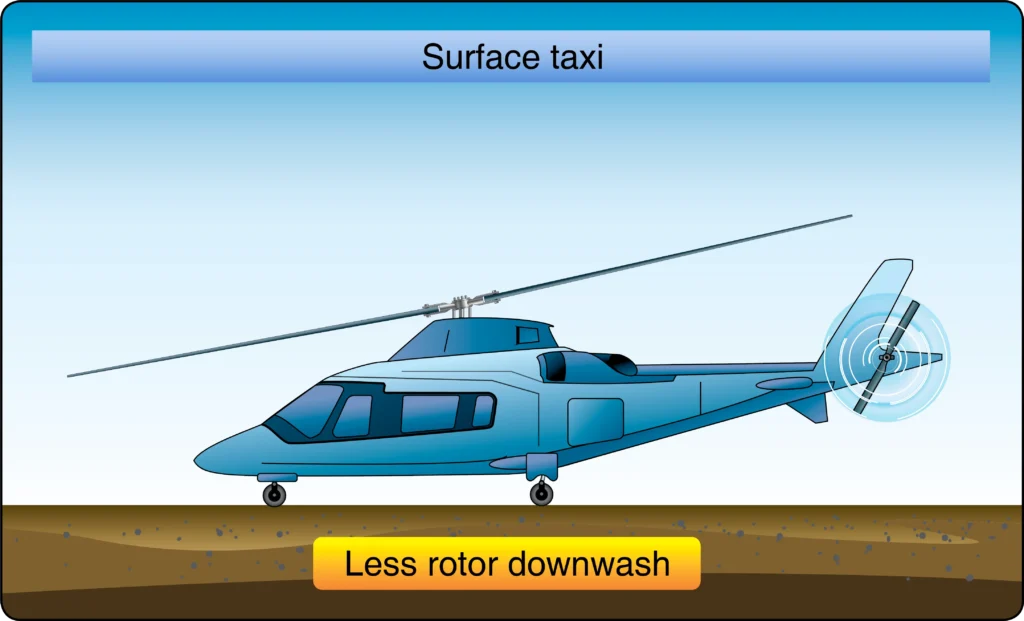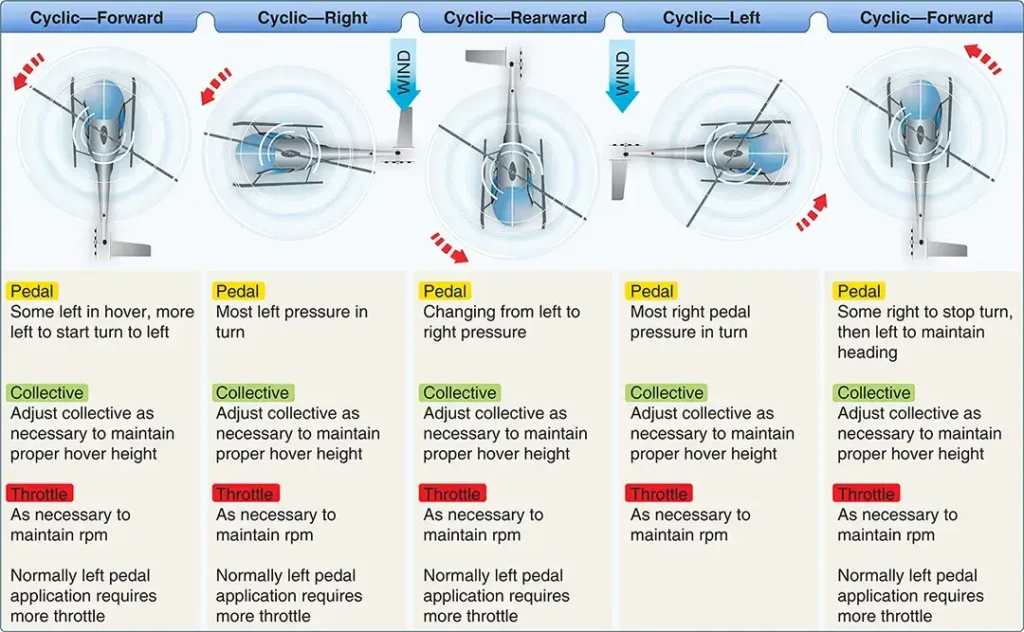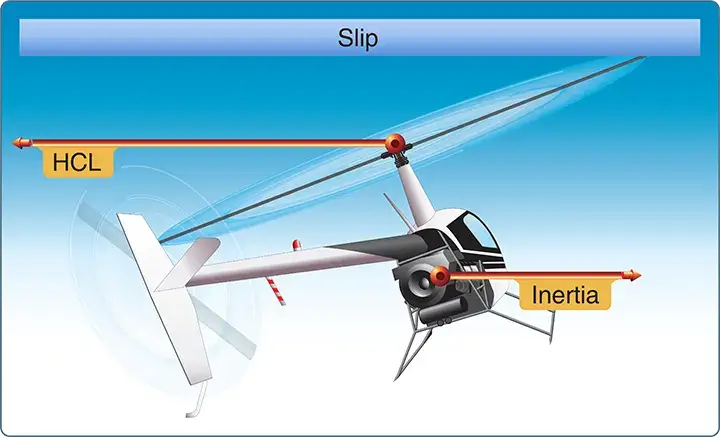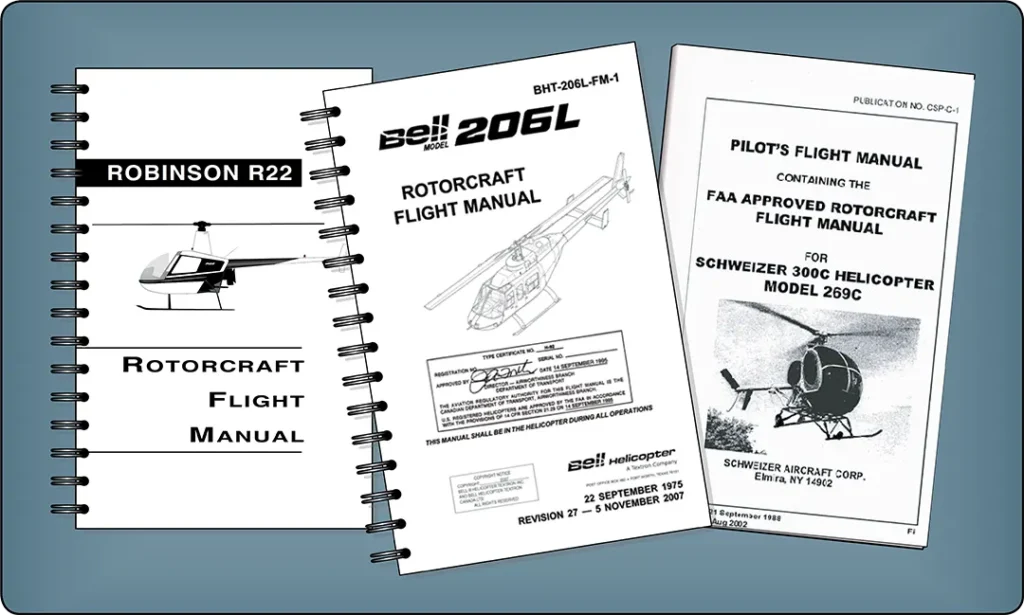Helicopter Straight and Level Flight
Flying Training, Helicopter FlyingStraight-and-level flight is flight in which constant altitude and heading are maintained. The attitude of the rotor disk relative to the horizon determines the airspeed. The horizontal stabilizer design determines the helicopter’s attitude when stabilized at an airspeed and altitude. Altitude is primarily controlled by use of the collective. Technique To maintain forward flight, the […]

